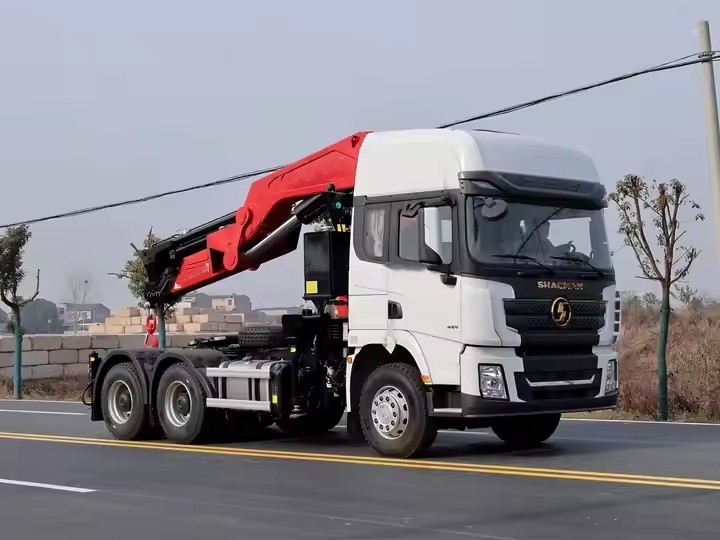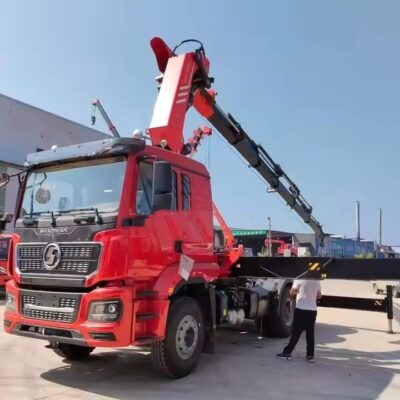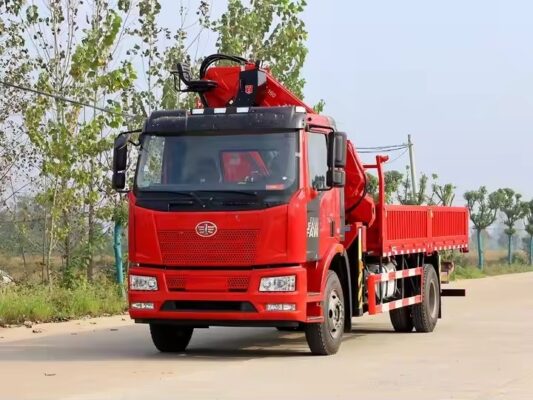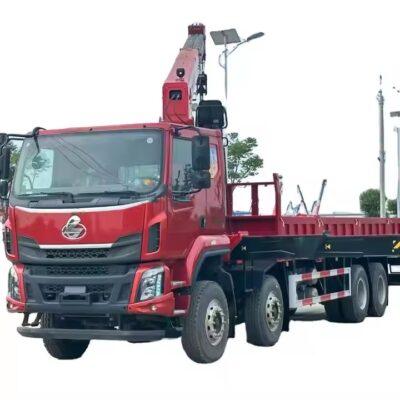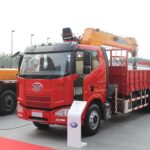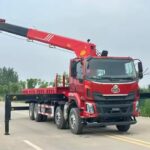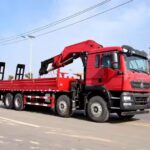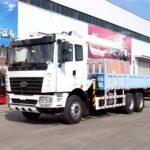Factor 1: Unsafe Conditions of the Crane Itself
One of the primary reasons for the falling of loads from crane hooks is the inherent unsafe conditions of the crane itself. These conditions can stem from various sources, including design flaws, manufacturing defects, improper installation, and inadequate maintenance.
1. Design Deficiencies
Poorly designed cranes can present serious risks. Common design-related issues include:
- Failure of overload protection systems, which can lead to excessive stress on components.
- Insufficient strength of balancing wheel axles, increasing the risk of structural failure.
- Lack of anti-hook disengagement devices, making it easier for the load to detach unintentionally.
- Improper selection of lifting accessories and slings, which may not be suitable for specific loads or operational conditions.
2. Manufacturing and Installation Defects
Errors in the production and installation of cranes can also contribute to unsafe conditions:
- Use of substandard materials, leading to weaker components.
- Poor machining and assembly quality, resulting in hidden defects that may only become apparent under operational stress.
- Incorrect installation procedures, potentially causing misalignments or weaknesses that compromise structural integrity.
3. Maintenance and Operational Issues
Even a well-designed and properly installed crane can become hazardous if it is not maintained correctly. Common maintenance-related risks include:
- Failure to replace worn-out or defective parts, increasing the likelihood of mechanical failure.
- Lack of essential safety protections, exposing workers to unnecessary dangers.
- Poor lubrication and maintenance practices, leading to operational instability.
- Infrequent safety inspections, which can result in unnoticed structural or mechanical weaknesses.
Each of these factors, whether stemming from design, manufacturing, installation, or maintenance, can contribute to the failure of the crane system and the potential falling of loads, posing significant safety risks.
Factor 2: Human Error and Unsafe Behavior
The human element plays a crucial role in crane operations. Errors in judgment, lack of training, and unsafe practices can significantly increase the risk of load detachment and accidents.
1. Lack of Proper Training and Experience
Inadequate training is a major contributing factor to crane-related accidents. Some of the key issues include:
- Operators lacking sufficient training in safe crane operation.
- Unqualified personnel operating the crane, including individuals without the necessary certification or licensing.
- Insufficient safety education, leading to misunderstandings of risks and safety procedures.
2. Violation of Safety Procedures
Many accidents occur due to workers failing to follow established safety protocols, including:
- Unauthorized operation of the crane, leading to dangerous handling of loads.
- Reckless or careless behavior, such as rushing operations or ignoring safety checks.
- Incorrect signaling and miscommunication, causing confusion between crane operators and riggers.
- Failure to use personal protective equipment (PPE), increasing the risk of injury in case of an accident.
Factor 3: Environmental Influences
The working environment has a significant impact on the safety of crane operations. Unfavorable environmental conditions can increase the likelihood of accidents.
1. Extreme Weather Conditions
Weather-related factors that may compromise crane safety include:
- High winds, which can cause loads to sway or make lifting operations unstable.
- Heavy rain or snow, reducing visibility and making surfaces slippery.
- Extreme temperatures (both high and low), which can affect the performance of crane components and operator alertness.
2. Poor Worksite Conditions
Worksites with hazardous conditions can contribute to accidents. These include:
- Poor lighting, making it difficult for operators to see obstacles and signals.
- High levels of dust and noise, which can interfere with communication and visibility.
- Obstructed work areas, limiting safe maneuverability of cranes and personnel.
Environmental conditions not only affect the human operators but can also accelerate wear and tear on crane systems, leading to premature failures and increasing the likelihood of load detachment.
Factor 4: Deficiencies in Safety Management
Effective safety management is crucial for preventing crane-related accidents. Gaps in safety management can lead to oversight, negligence, and increased risk.
1. Inadequate Supervision and Leadership
Poor safety leadership can result in:
- Lack of enforcement of safety regulations, allowing unsafe practices to persist.
- Insufficient monitoring of crane operations, preventing early detection of risks.
- Failure to establish a safety culture, leading to a lack of accountability.
2. Poor Inspection and Maintenance Policies
Many accidents occur due to lapses in equipment inspections and maintenance. These include:
- Inconsistent or infrequent safety inspections, allowing potential hazards to go unnoticed.
- Lack of scheduled maintenance programs, leading to mechanical failures.
- Failure to track and document safety compliance, making it difficult to identify recurring issues.
3. Deficient Training and Emergency Preparedness
Ensuring that personnel are adequately trained and prepared for emergencies is essential. Issues in this area include:
- Insufficient crane operator certification and training programs.
- Lack of emergency response plans, leading to confusion in the event of an accident.
- Absence of clear operational guidelines and disciplinary measures for safety violations.
Conclusion: Ensuring Safe Crane Operations
To prevent accidents involving falling loads from crane hooks, safety measures must be implemented across multiple areas:
- Equipment Selection and Design: Cranes should be designed and manufactured according to strict safety standards.
- Proper Installation and Maintenance: Regular inspections and maintenance routines should be enforced.
- Human Factors and Training: Operators and workers must undergo rigorous training to ensure safe operation.
- Environmental Considerations: Worksites should be monitored for hazardous conditions and appropriate precautions should be taken.
- Robust Safety Management: Strong leadership, regular inspections, and emergency preparedness are key to minimizing risks.
Following these principles will help create a safer working environment, reduce the likelihood of accidents, and ensure compliance with industry safety regulations. Regular safety audits, adherence to proper operational procedures, and fostering a culture of safety awareness are essential to mitigating the risks associated with crane operations.

